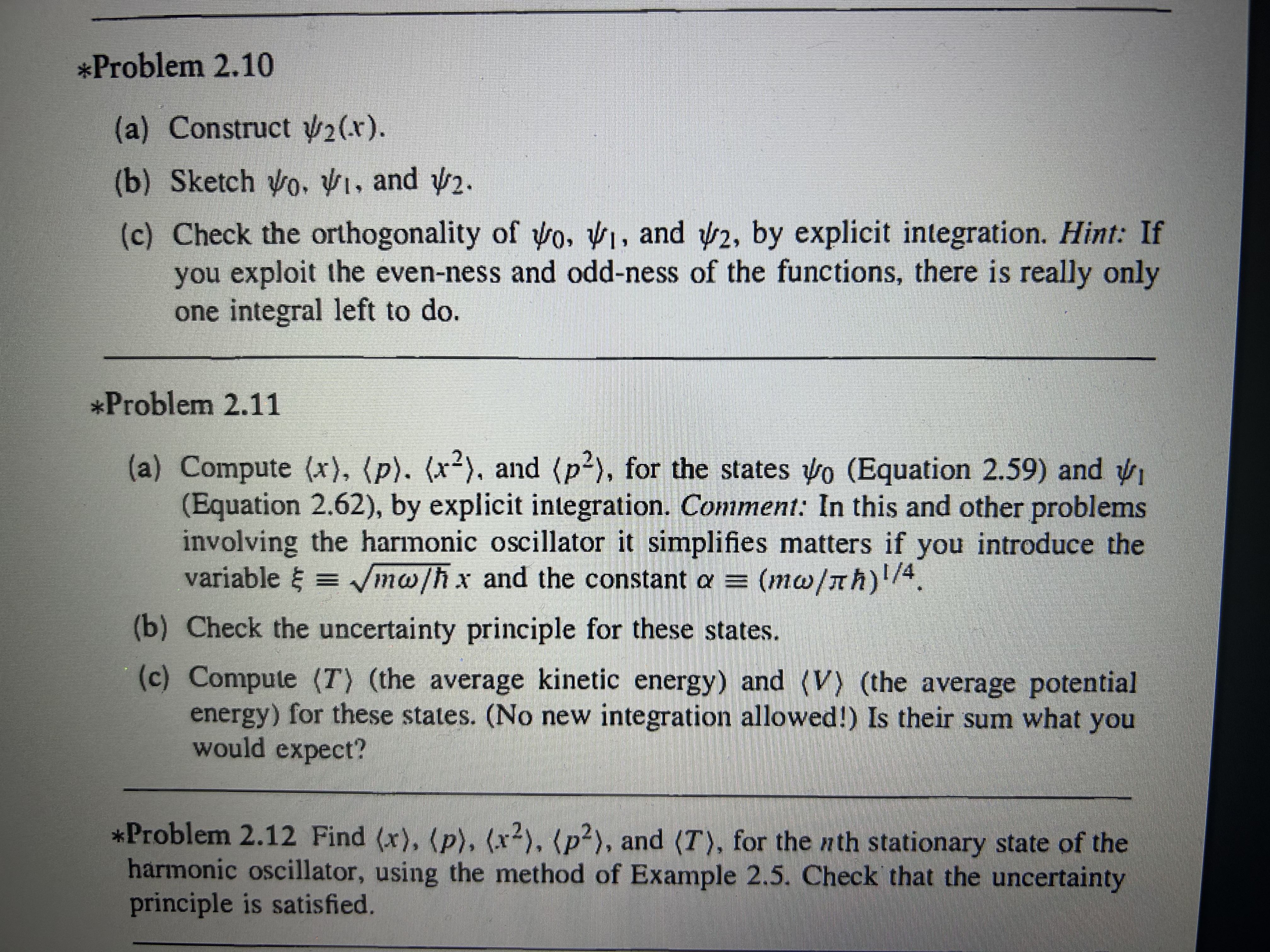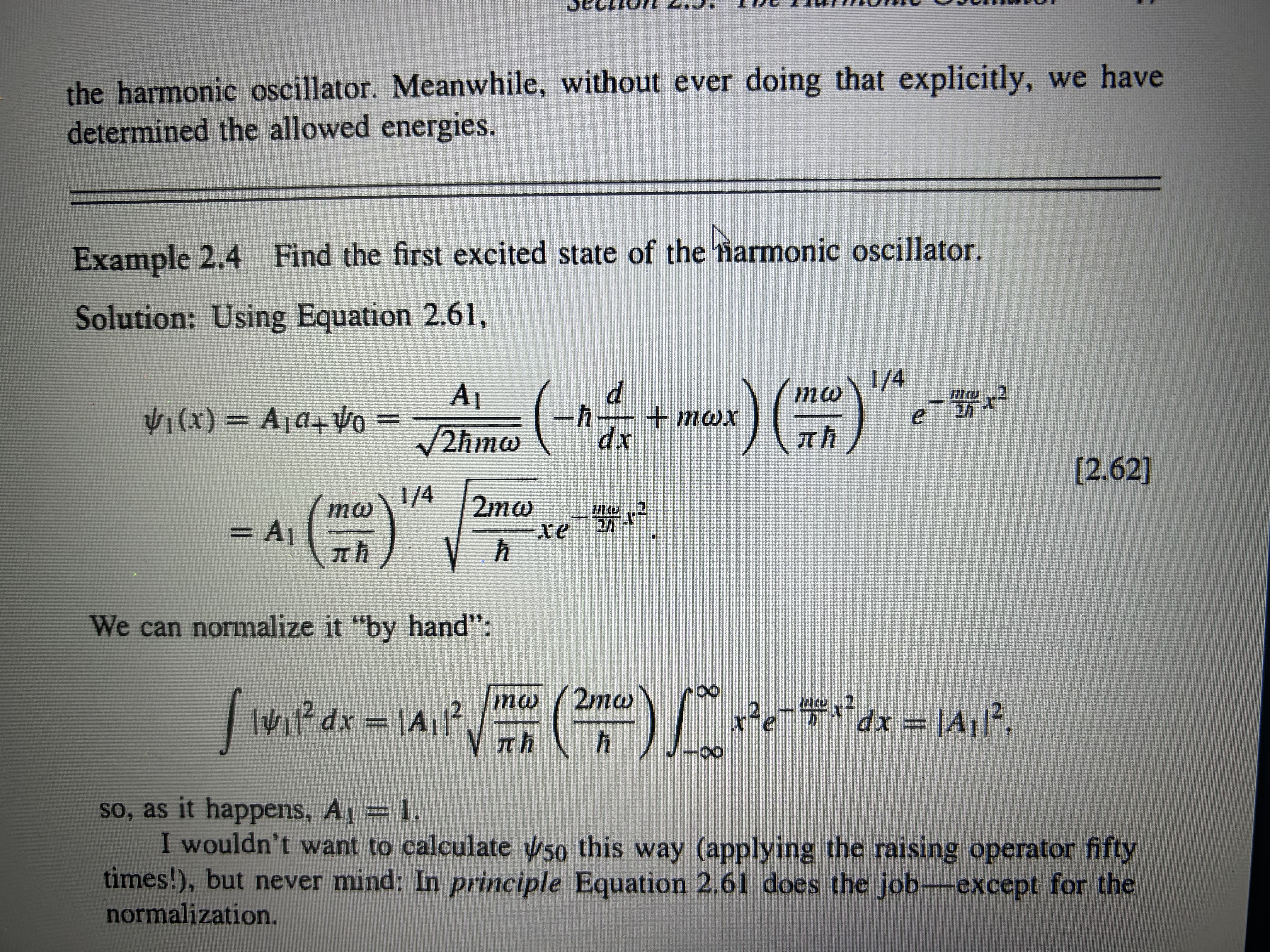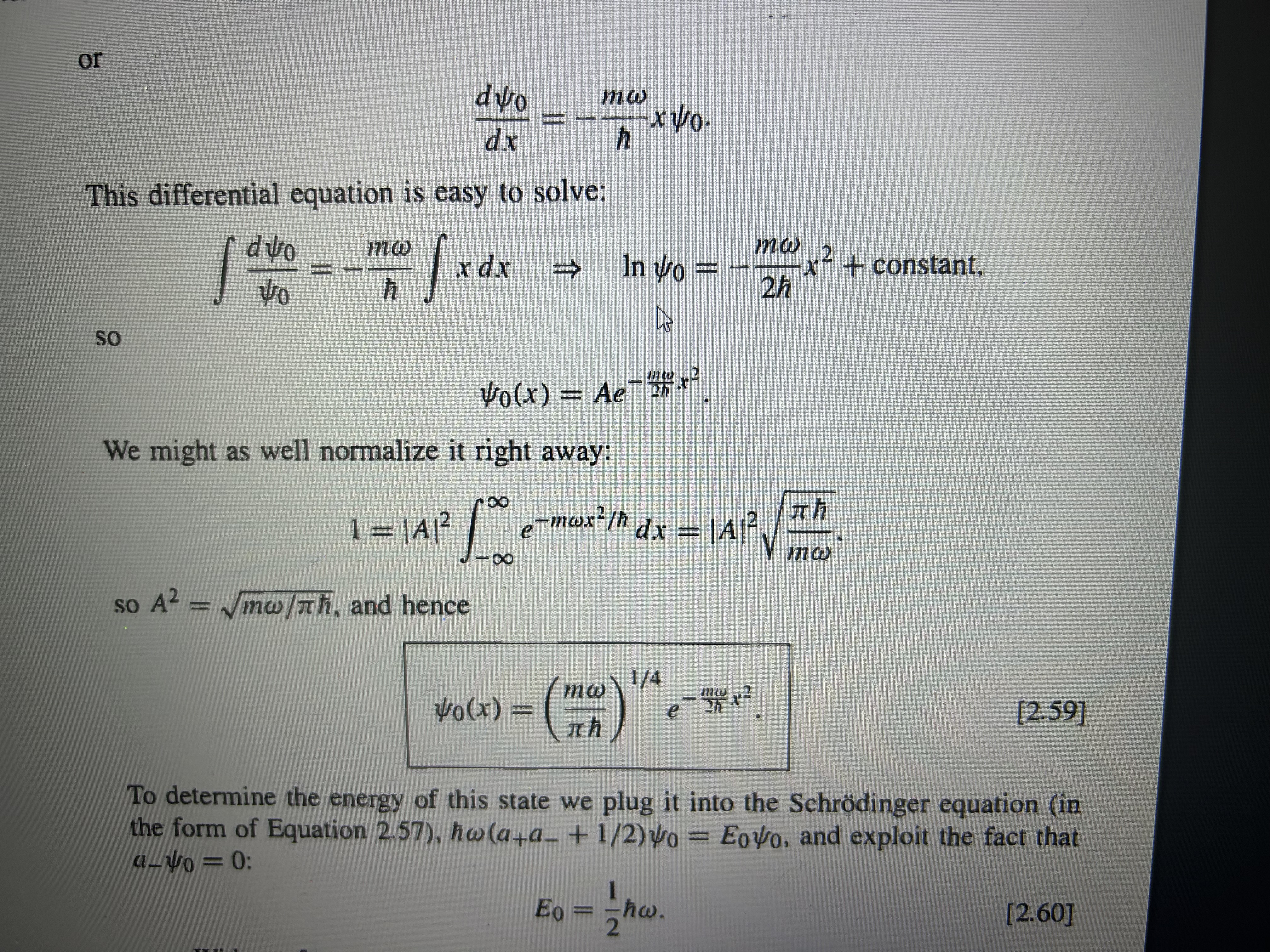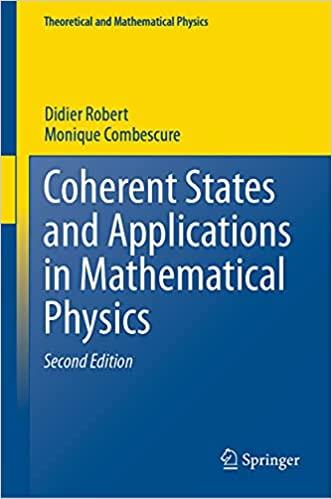Answered step by step
Verified Expert Solution
Question
1 Approved Answer
Can I get the solution for this Quantum Mechanics problem 2.11 from Griffith textbook? Textbook: Introduction to Quantum Mechanics, 2nd edition, by David J. Griffiths
Can I get the solution for this Quantum Mechanics problem 2.11 from Griffith textbook?
Textbook: Introduction to Quantum Mechanics, 2nd edition, by David J. Griffiths (Pearson Prentice Hall, Upper Saddle River, NJ, 2005).



Step by Step Solution
There are 3 Steps involved in it
Step: 1

Get Instant Access to Expert-Tailored Solutions
See step-by-step solutions with expert insights and AI powered tools for academic success
Step: 2

Step: 3

Ace Your Homework with AI
Get the answers you need in no time with our AI-driven, step-by-step assistance
Get Started


